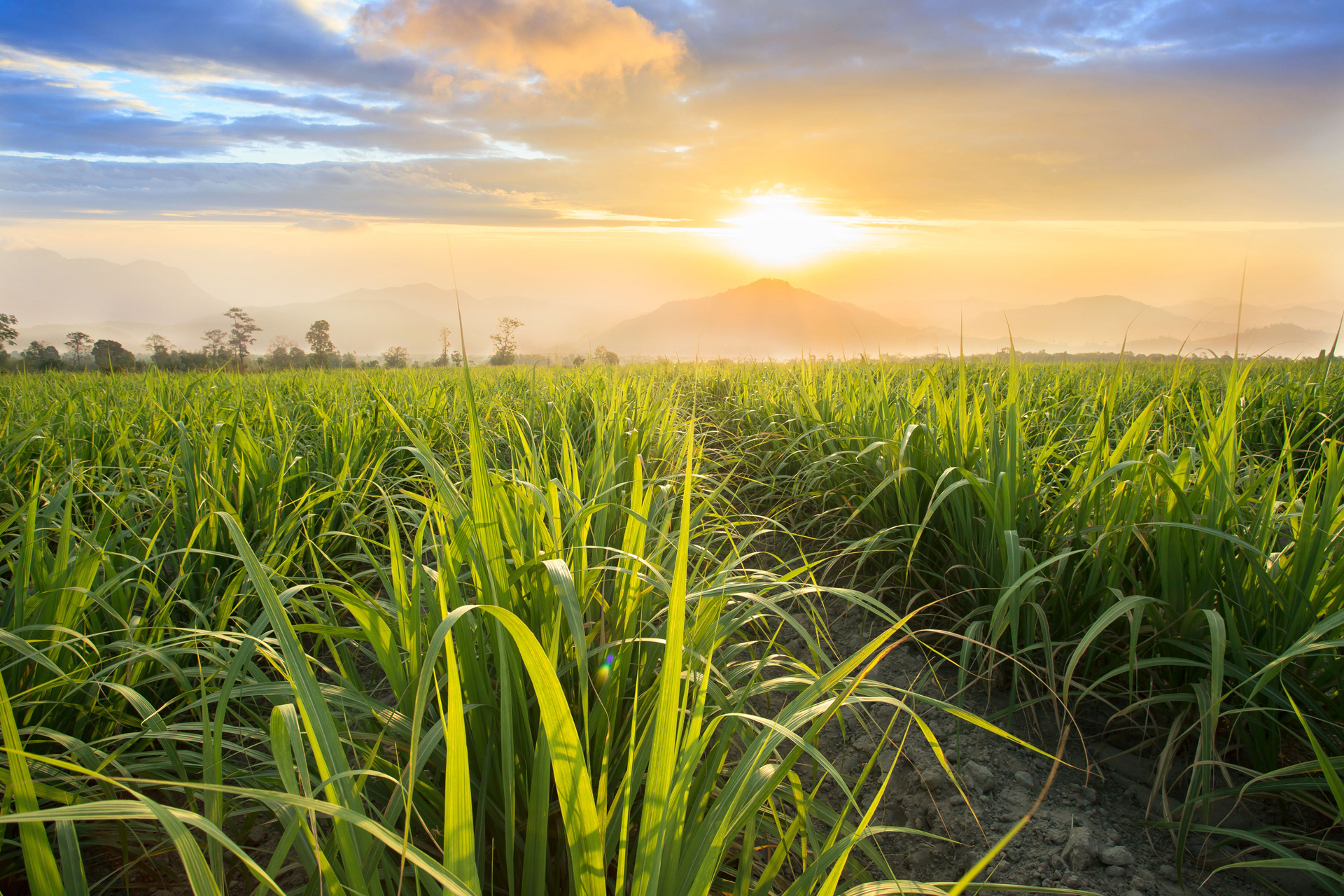
The Brazilian Cachaça
If one were to describe the uniqueness of Brazil, words might never do justice to the grandeur of such an exuberant country whose incomparable features have always captivated the aspirations and imaginations of dreamers, travelers and curious minds.

A gorgeous weather
A tropical gateway of green coasts, fluffy beach sands and native forests, Brazil is blessed by gorgeous weather which nurtures life and all beings, all year long. Symbiotically, the country’s abundance of natural resources propels a thriving agricultural industry which is a fundamental source of subsidy whereby it allows exquisite local produce – like cachaça – to be established which stands out as one of the country’s most powerful trademarks.
Made with fresh-pressed juice of sugarcane
Intertwined with Brazil’s history and culture, its national spirit, cachaça, is exclusively made with the fresh-pressed juice of sugarcane – called garapa – which is fermented and distilled up to an alcoholic percentage that varies between 38% and 48% by volume.
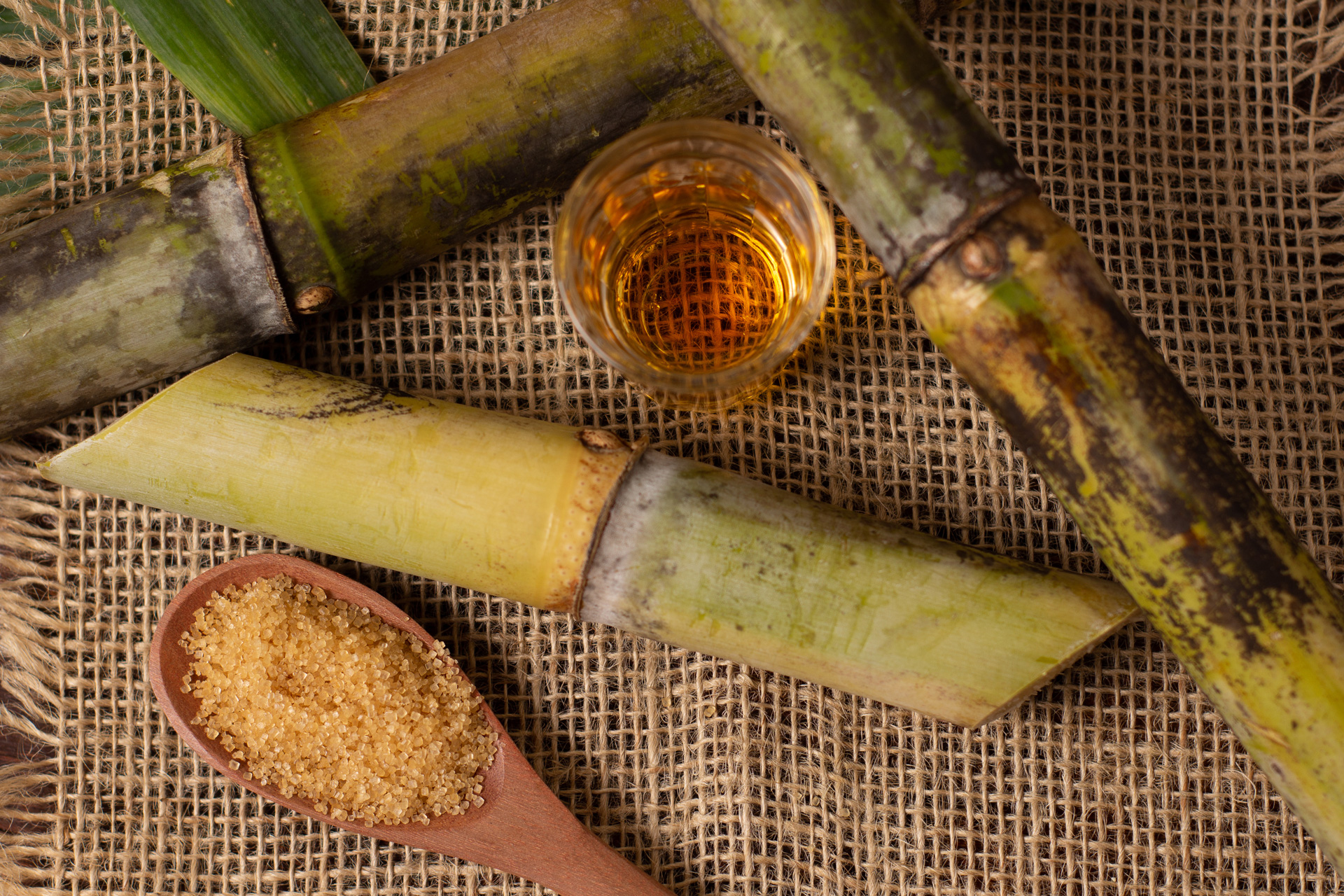
The perfect balance between alcohol and sugarcane
Because its primary element is delicately susceptible to its terroir, cachaça can effortlessly develop distinctive sensorial aromas and characteristics after reaching the perfect balance between alcohol and sugarcane. Moreover, the variety of Brazilian woods can also grant cachaça the possibility to age beautifully which, in turn, reveals an extraordinary world of senses.
Only in Brazil
Although it derives from the sugarcane, cachaça is unlike rum which, differently, is made of molasses, that are cooked from sugarcane juice. On top of that, cachaça is a protected name that can only be produced in Brazil in addition to it being one of the oldest spirits in the world: according to records, Brazil has been distilling this beverage since 1532 – older than rum, in fact, which dates back to the mid-1600s.
Tradition, culture and a centenary legacy
Almost five centuries later, this fascinating spirit still evokes tradition, culture and a centenary legacy that Blu, is honored to share with the world.
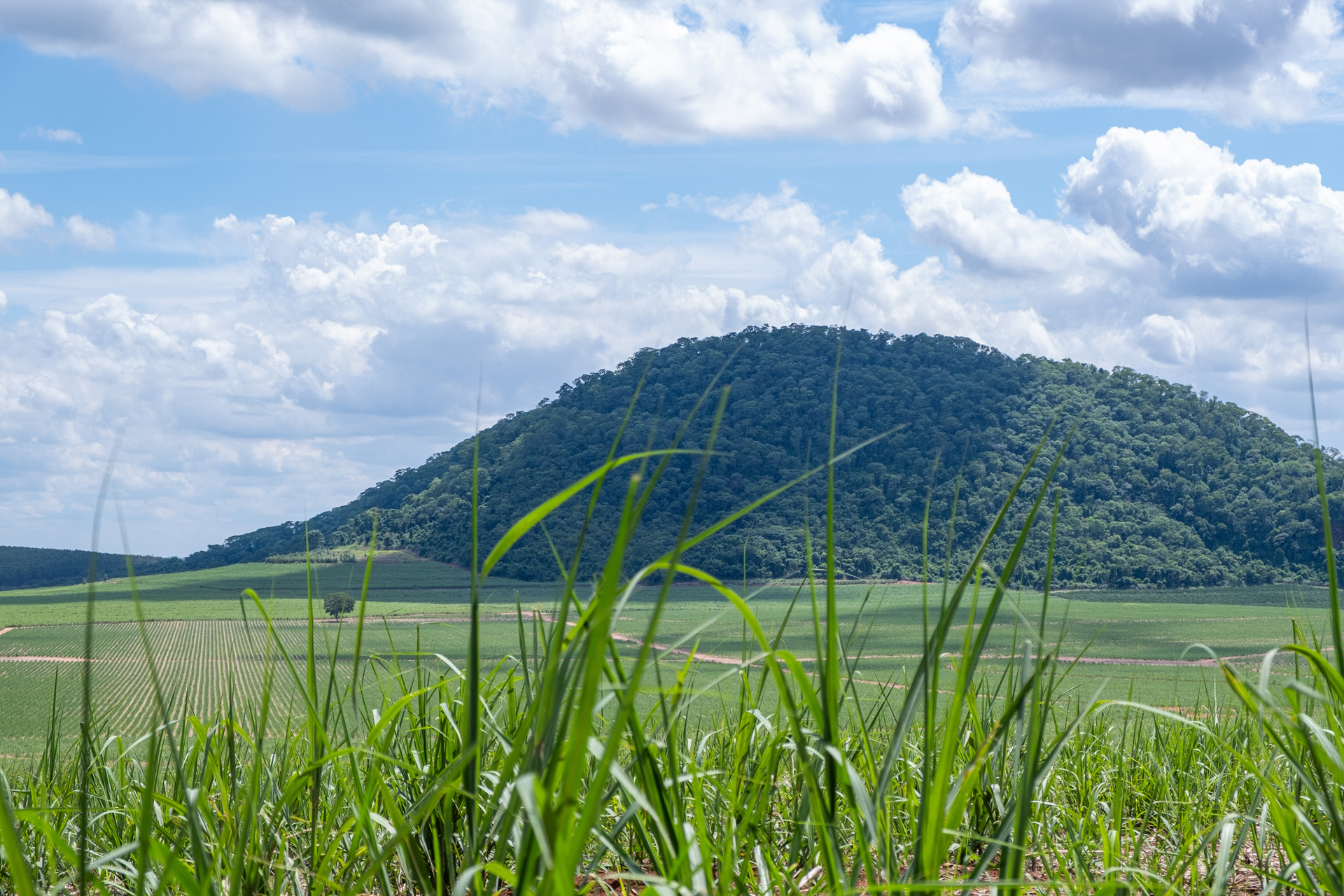
Terroir
Environment
A country where the Sun never ceases to shine, the Brazilian southeast state of Minas Gerais possesses the perfect environment for its sugarcane fields: a hot and humid climate with well-defined wet and dry seasons. The cultivation takes place before the rainy period that runs from November to March whereas during the mild wintertime – June to August – temperatures drop so the cane starts its maturation process.
Minas Gerais
As a product that carries the singularities of its terroir, cachaça Blu is produced at a family-owned property in Minas Gerais. It is surrounded by the immaculate nature of Zona da Mata Mineira along with being part of the Paraíba do Sul, one of the most significant river basins with regards to urban water supply. With thanks to this natural resource, Blu’s sugarcane farming and growth can be assured during the driest season.
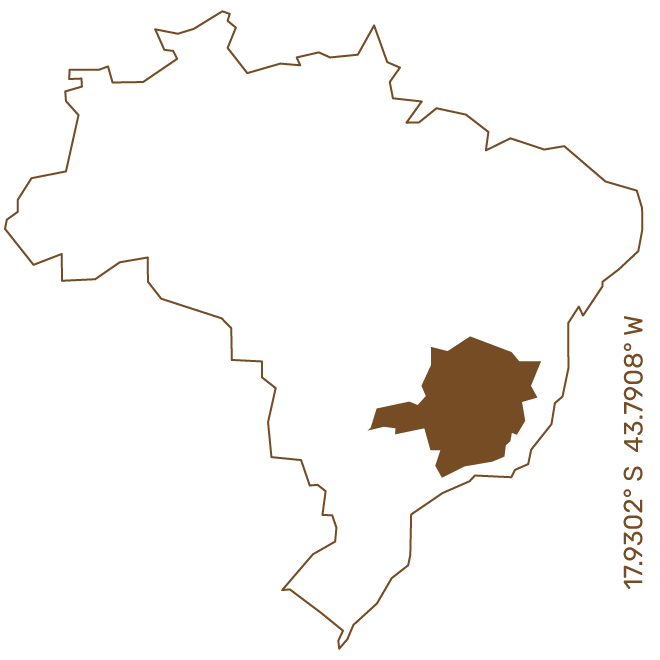
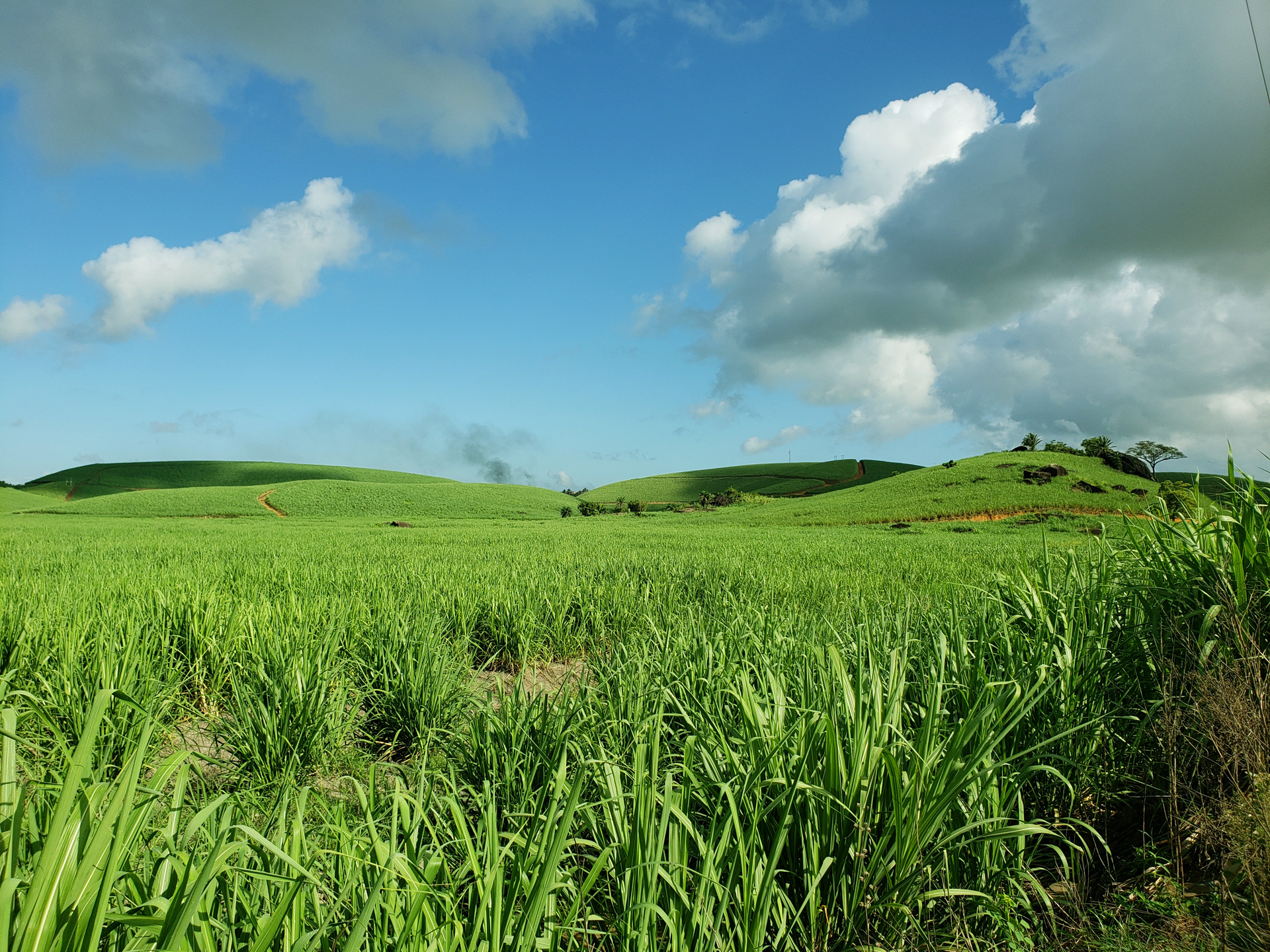
Geography
Additionally, the notable geography of this place enjoys a particular interaction between relief, soil, vegetation, hydrography and a climate called Mares de Morros: a confluence of many different elevations that result in a diverse range of rounded hills formed by an intense process of erosion.
Agricultural heritage
All this grants the region’s inhabitants an everlasting agricultural heritage whose land is a fortunate primary source of their subsistence whereby it perpetuates the intrinsic connection between human beings and nature.
Legacy
Gladly, cachaça Blu is honored to be a small part of this history and makes it possible for the most beloved national spirit to travel the world and spread the energy of Brazil’s territory and its incomparable taste.

Handmade
Handmade
Cachaça Blu is carefully produced by humans who respect the pace of nature and take the utmost attention to conserve the region’s agricultural biodiversity. Along with that, every single step within the production is handcrafted: from the sugarcane harvest to bottling, all is done manually.
Preparing the land
First and foremost, preparing the land for planting is a simple yet careful process where the management is done through of the planting areas. Because a sugarcane field has a relatively short lifetime, that is, four to five harvests, the cultivated area will always rest for at least a year before receiving a new crop.
Natural fertilizers
The soil will always be treated with natural fertilizers (either nitrogen, phosphorus, potassium or bagasse compost – the latest at the final stages) and the canes are planted manually to ensure greater germination of the buds.
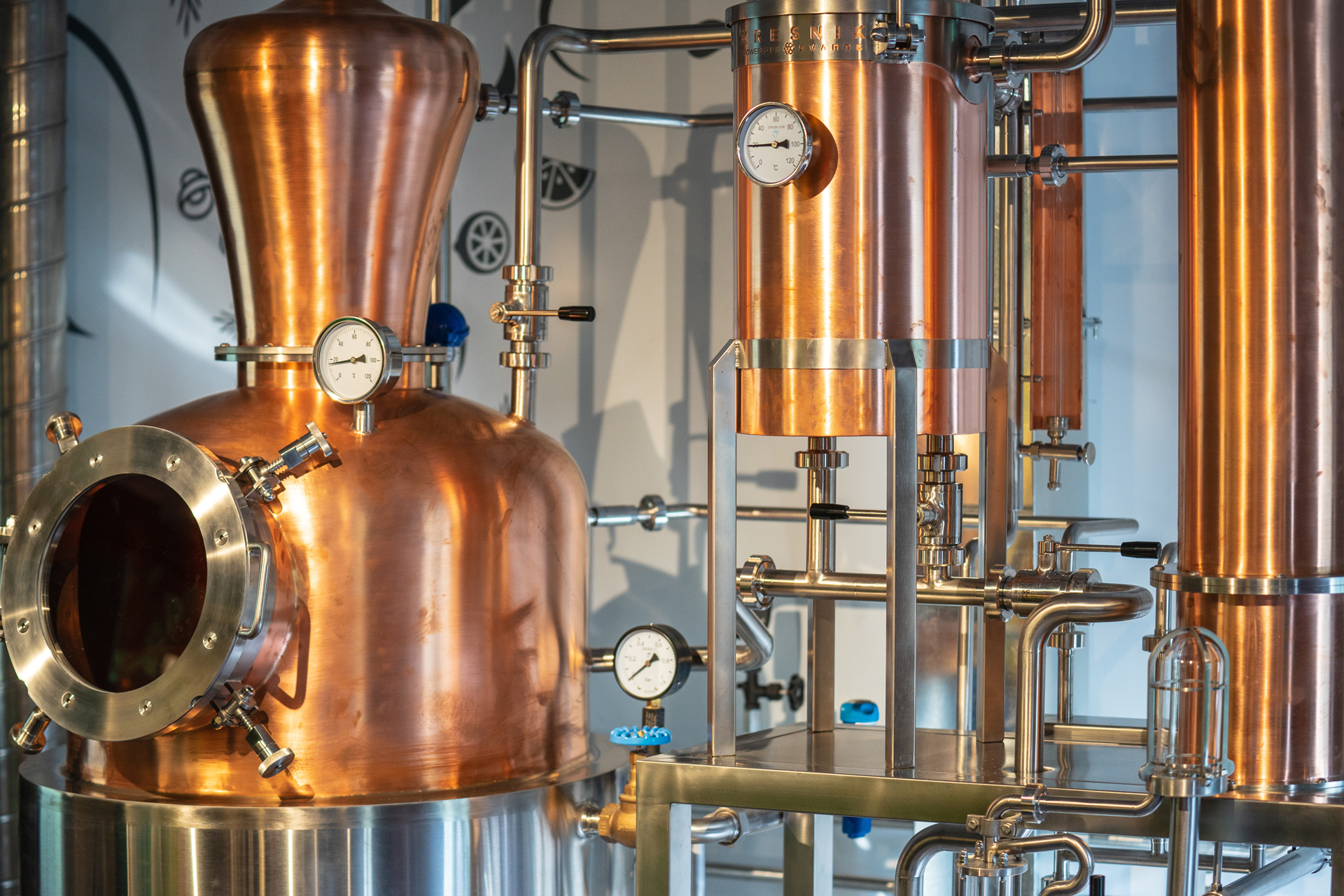
Copper Pot Stills
When harvest time begins, the cane is cut by hand and within a maximum of 24 hours, a slow milling process takes place; the juice is then filtered to eliminate any impurities and taken to spontaneous fermentation where wild yeasts perform the magic without interferences of any kind. Such a process takes an average of 24 hours: once it is complete, the sugarcane wine goes through slow and controlled distillation in copper pot stills where care and process control result in small batches of the purest and finest Brazilian spirit.
Aging process
It is worth mentioning that cachaça is one of the only spirits in the world that right after distillation is ready for consumption. In some cases, cachaça Blu will rest for a minimum period of six months in stainless steel tanks before bottling or being sent out to barrels for aging.
Careful production
Every step of the work involved in the distillery is done by hand, using natural gravity and without any automated equipment. This reflects Blu’s commitment to preserve tradition and quality as well as our respect for time.